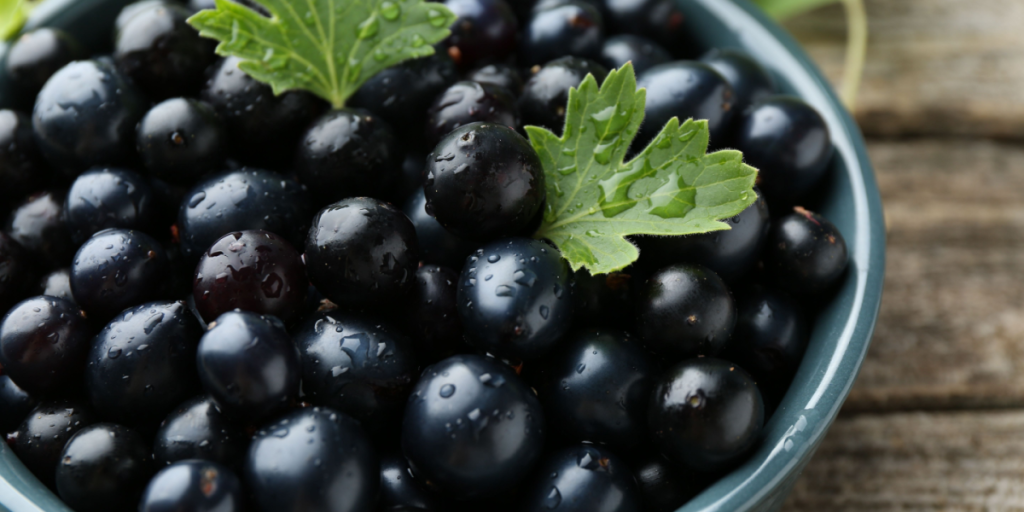The Strange Case of the Blackcurrant Ban in the United States
Others are reading now
When early English settlers arrived in North America in the 1600s, they brought much more than just hopes of a new life.
Along with the Bible and tools, they carried seeds, dried fruits, and livestock. Some of those plants adapted well to American soil. One of them was the blackcurrant bush.
An Unexpected Problem
Blackcurrants are packed with nutrients. They have more than three times the vitamin C of oranges. They also contain twice the antioxidants found in blueberries.
These small berries help boost the immune system and have many health benefits. But in the U.S., they came with an unexpected problem, writes Historienet.
During the 20th century, blackcurrant bushes were found to carry a fungus called cronartium ribicola. This fungus caused a disease known as white pine blister rust.
Also read
It attacked a tree species called the Eastern white pine. That tree was vital to the U.S. timber industry in the 1800s and early 1900s.
To protect the trees, the U.S. federal government banned the growing, selling, and transporting of blackcurrants in 1911.
Entire blackcurrant farms were destroyed with chemical sprays. The goal was to stop the spread of the fungus. The ban stayed in place for decades.
Ban Lift As Late as Early 2000s
Over time, scientists discovered safer ways to grow blackcurrants. They developed fungus-resistant varieties.
They also learned where the berries could grow without threatening the white pine. New chemicals were also introduced to protect the trees.
Also read
In 1966, the federal ban was lifted. But many U.S. states kept the old rules in place. Some states didn’t relax their laws until the early 2000s. New York was one of the last major states to allow blackcurrant farming again.
Despite the ban being mostly gone, blackcurrants never made a real comeback. American consumers had already forgotten about them.
According to a 2021 statement from Professor Marvin Pritts at Cornell University, fewer than 0.1% of Americans eat blackcurrants today.
What was once a promising crop is now a mystery to most Americans—largely because of a ban driven by a fungus that no one saw coming.


